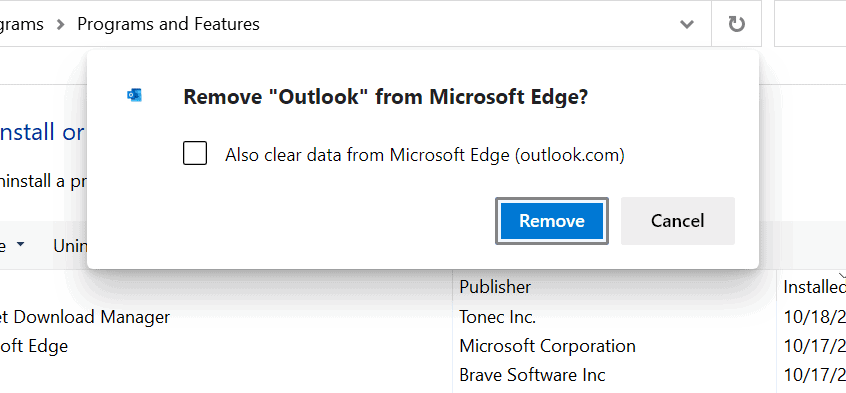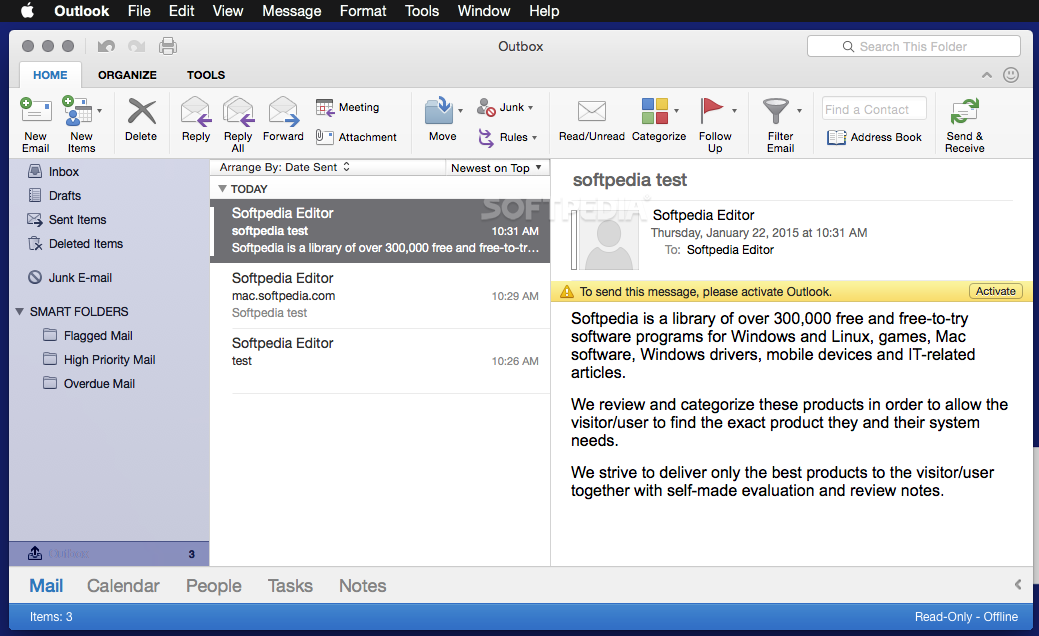

Once it’s taken care of, you can easily import the resultant data from Mac Outlook to Windows Outlook 2019, 2016, 2013 or below versions.

This is the reason you need to change over ‘Outlook for Mac’ data into PST file extension. The fact of the matter is that Outlook for Windows does not support the OLM data file. On the other hand, Outlook for Mac works with OLM file format. It stores all the data items belonging to different categories like emails, contacts-list, calendars, tasks, etc., in the Personal Folders, created by default.

PST is the proprietary file format of Outlook for Windows. Know the reason below! Top Reasons to Export Emails from Mac Outlook to Windows But first, let us go through the reasons why it is necessary to move mail from Mac Outlook to Windows Outlook. So, make sure to go through both approaches and choose the method that best fits your needs. This blog has been written with the motive to assist users to get the job done using a manual or an expert solution. It means there is a need to convert ‘Outlook for Mac’ OLM files into Personal Storage Table, commonly known as PST file by which you can easily access your Mac Outlook files in Windows Outlook. The following example shows what the header of the token looks like.Modified: September 6th, 2022 ~ Email Migration ~ 7 Minutes ReadingĪre you using Microsoft Outlook on your Macintosh? Fed up with Mac Outlook? Want to export mail from Mac Outlook to Windows Outlook? Or it can be possible that someone has sent you an OLM file and you cannot access it in Windows Outlook.Īll such scenarios make you transfer emails from Outlook for Mac to Outlook for Windows. The header provides information about the format and signature information of the token. For information about JWT tokens, see RFC 7519 JSON Web Token (JWT). ) to make it easy for you to split the token.Įxchange uses a the JSON Web Token (JWT) format for the identity token. In the token string, the parts are separated by a period character (. The token has three parts: a header, a payload, and a signature.

The token is not encrypted, and the public key that you use to validate the signature is stored on the Exchange server that issued the token. This article will discuss the format and contents of the token.Īn Exchange user identity token is a base-64 URL-encoded string that is signed by the Exchange server that sent it. The Exchange user identity token returned by the getUserIdentityTokenAsync method provides a way for your add-in code to include the user's identity with calls to your back-end service.


 0 kommentar(er)
0 kommentar(er)
